Optimal Timing for Fire Restorations
Determining the optimal time for fire restorations depends on various factors, including weather conditions, fire season cycles, and property readiness. Typically, fire restorations are most effective during periods of low humidity and mild temperatures, which facilitate thorough cleanup and repairs. Conducting restorations during off-peak fire seasons can reduce delays caused by high demand and ensure more efficient service.
Restorations are often best in spring and fall when weather conditions are moderate, reducing the risk of weather-related disruptions.
Post-fire periods, usually after the fire season peaks, are ideal for initiating restoration work to address damage promptly.
Waiting until the property is cleared of hazards and debris ensures safer and more effective restoration processes.
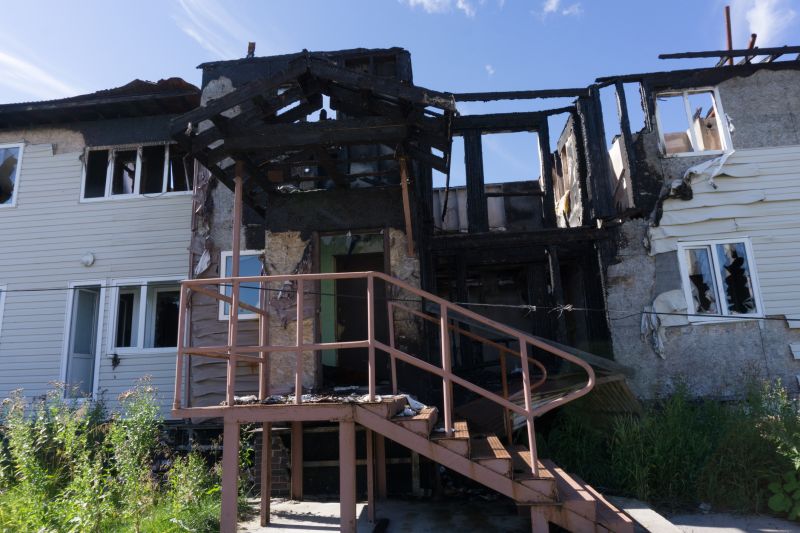
Inspecting fire-affected areas promptly helps determine the best restoration timing.
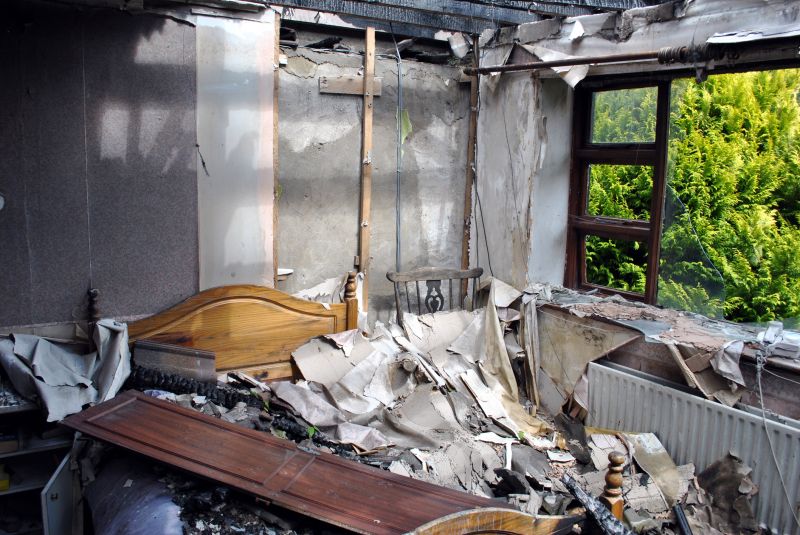
Weather conditions influence scheduling and effectiveness of fire damage repairs.
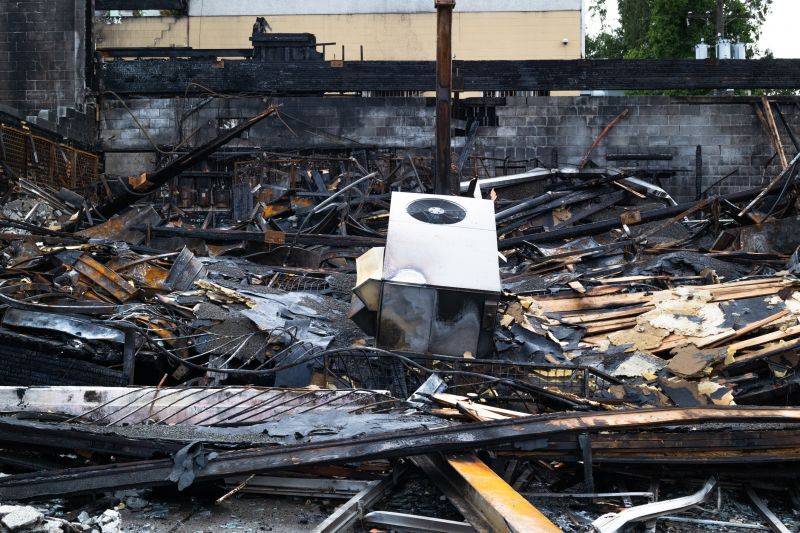
Initial cleanup should be completed before full restoration begins to ensure safety.
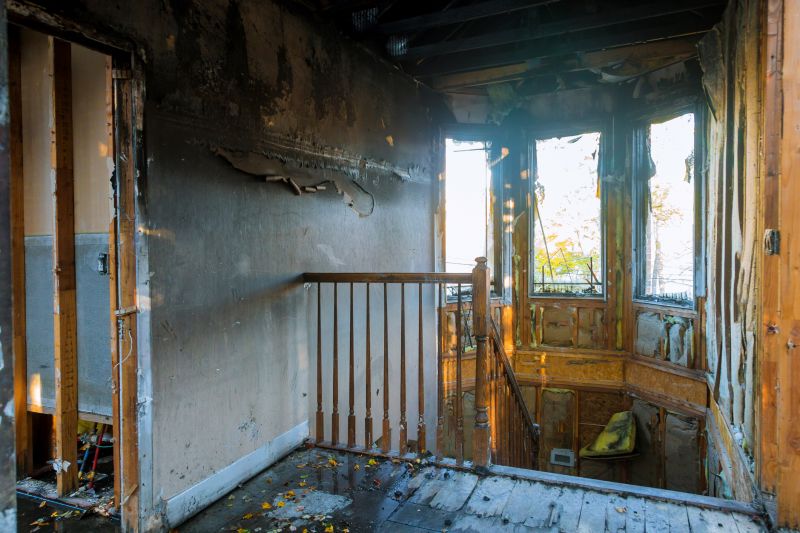
Ways to make Fire Restorations work in tight or awkward layouts.
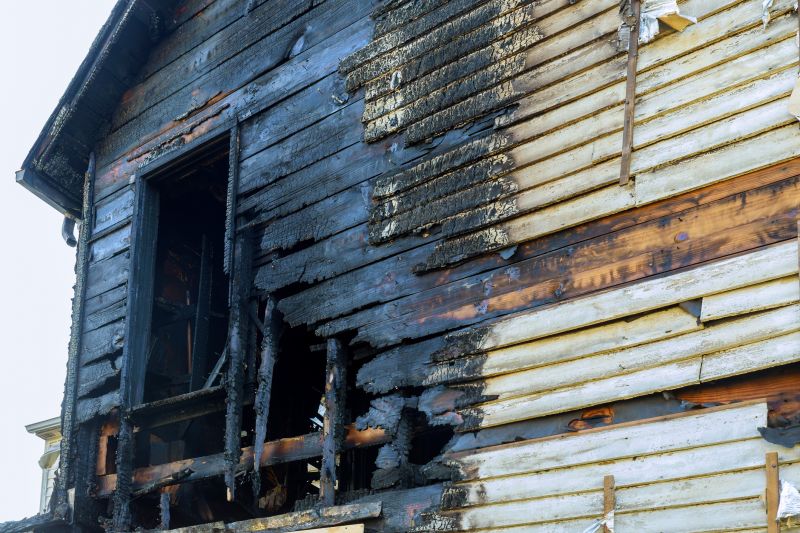
Popular materials for Fire Restorations and why they hold up over time.

Simple add-ons that improve Fire Restorations without blowing the budget.
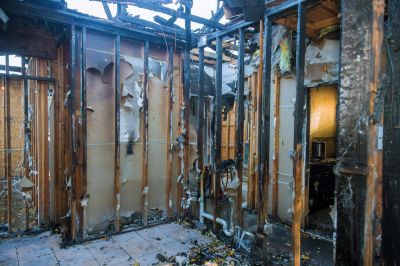
High-end options that actually feel worth it for Fire Restorations.

Finishes and colors that play nicely with Fire Restorations.
| Factor | Impact on Timing |
|---|---|
| Weather Conditions | Mild and dry weather facilitates repairs. |
| Fire Season Cycle | Post-peak periods are optimal for restoration. |
| Property Readiness | Clearance of hazards speeds up work. |
| Availability of Restoration Services | Off-peak times may offer faster scheduling. |
| Severity of Damage | More extensive damage may require longer planning. |
Fire restorations involve comprehensive processes to repair, clean, and restore properties affected by fire damage. This includes removing soot and smoke residues, repairing structural elements, and restoring the property's appearance and safety. Effective restoration minimizes long-term damage and helps properties regain their original condition. Statistics indicate that timely fire restoration can significantly reduce repair costs and prevent secondary issues such as mold growth and structural deterioration.

Visual evidence of fire impact on structures and interiors.
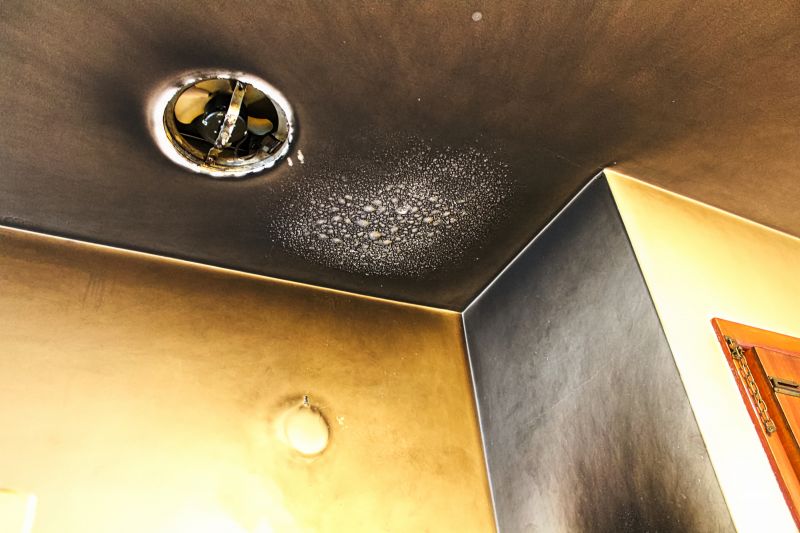
Specialized techniques used to eliminate smoke residues.
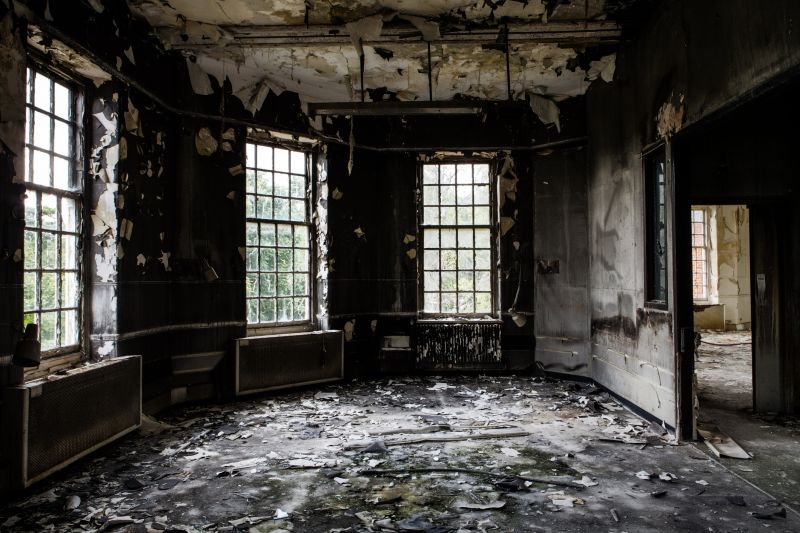
Restoration of damaged frameworks and surfaces.
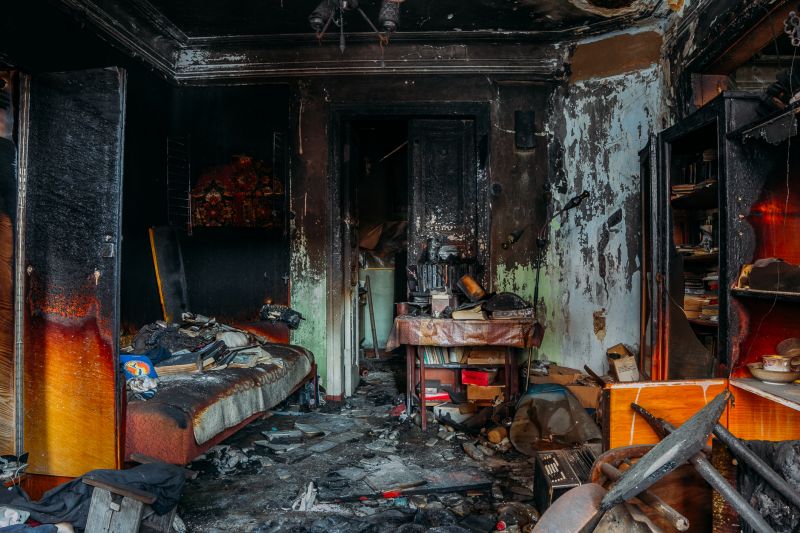
Restored interiors ready for occupancy.

Little measurements that prevent headaches on Fire Restorations day.
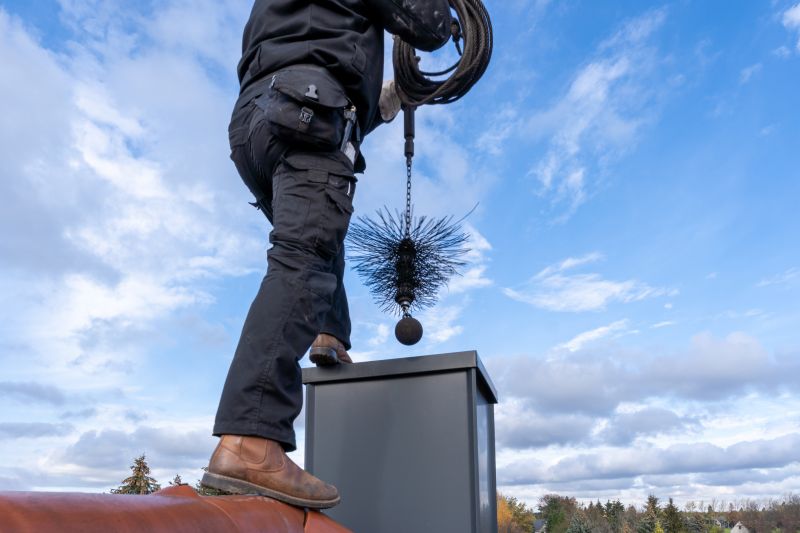
A 60-second routine that keeps Fire Restorations looking new.
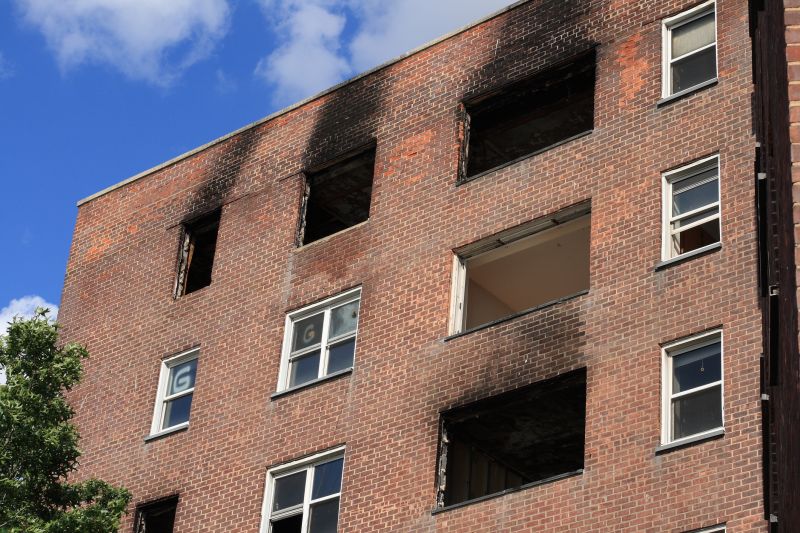
A frequent mistake in Fire Restorations and how to dodge it.

Small tweaks to make Fire Restorations safer and easier to use.
Choosing the right time for fire restorations ensures a more efficient process, reduces costs, and minimizes disruption. It is recommended to coordinate with restoration professionals to assess the property's condition and plan the work during the most suitable season.



